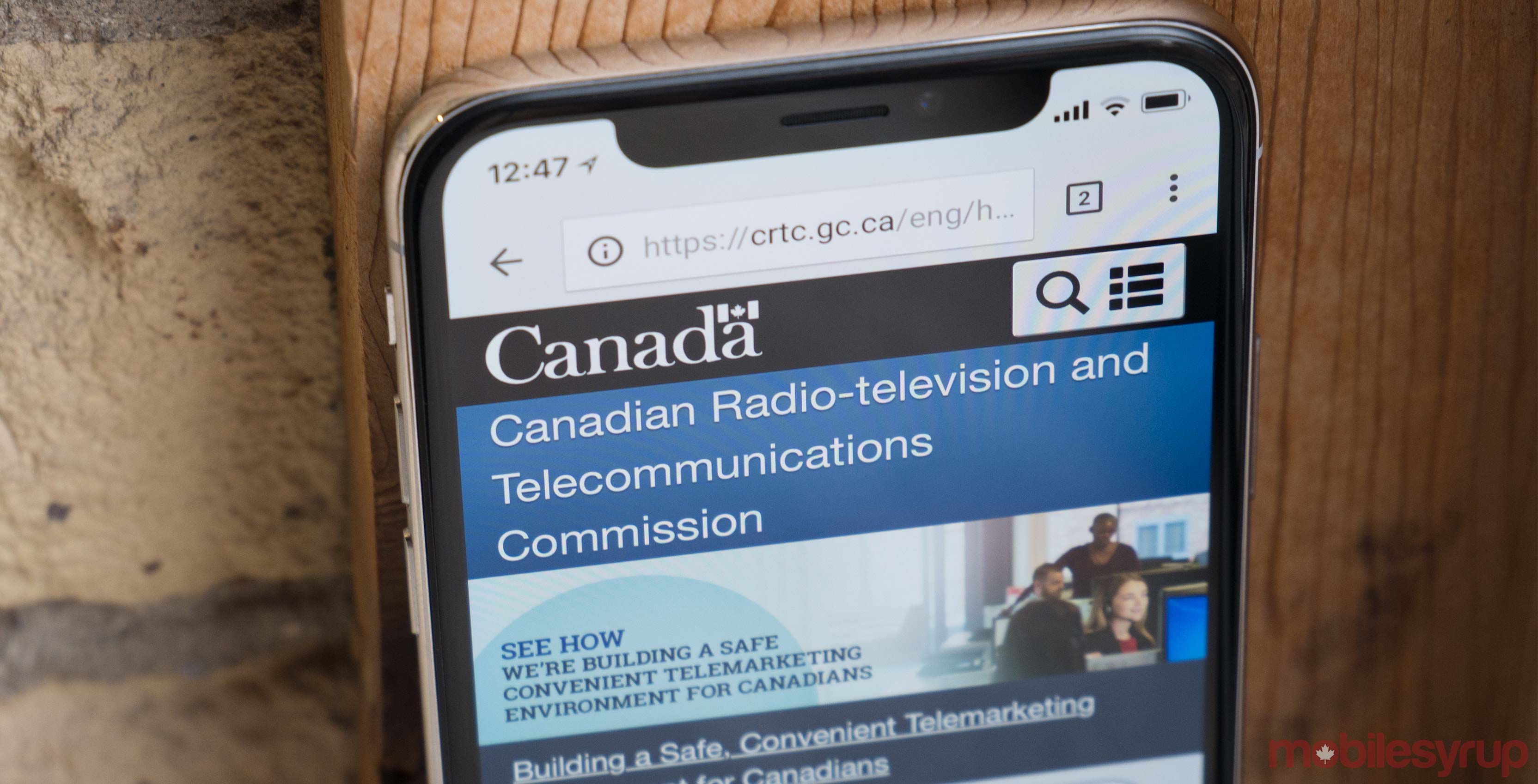
Only 31.3 percent of First Nations reserves had access to internet services of 50Mbps download, 10Mbps upload speeds and unlimited data transfer in 2018.
The CRTC’s annual Communications Monitoring Report looks at which locations and communities in Canada reached its objective service target speeds of 50 Mbps download and 10 Mbps upload speed with unlimited data transfer.
The Government of Canada has committed to bring these speeds to 90 percent of Canadians in 2021, 95 percent in 2026 and 100 percent by 2030 as part of the Connectivity Strategy.
In contrast to the First Nations reserves statistic, 85.7 percent of Canadian households, in general, were able to reach or exceed the CRTC’s objective target speeds. None of the First Nations reserves in Saskatchewan, Newfoundland and Labrador, Yukon and Northwest Territories were able to reach the target speeds.
The report reveals that 85.5 percent of households in First Nations reserves had access to broadband internet services with a speed of at least 5 Mbps.
“Availability decreases to about half of the households at speeds of 25Mbps or faster and to less than a third at speeds of 50Mbps or faster. ” the report reads.
First Nations reserves in New Brunswick and British Columbia had the highest availability of speeds of 50 Mbps or faster with 87.2 percent and 69.1 percent respectively.
Source: CRTC
Update 08/01/20: The article was updated to include information about the Connectivity Strategy.
MobileSyrup may earn a commission from purchases made via our links, which helps fund the journalism we provide free on our website. These links do not influence our editorial content. Support us here.


